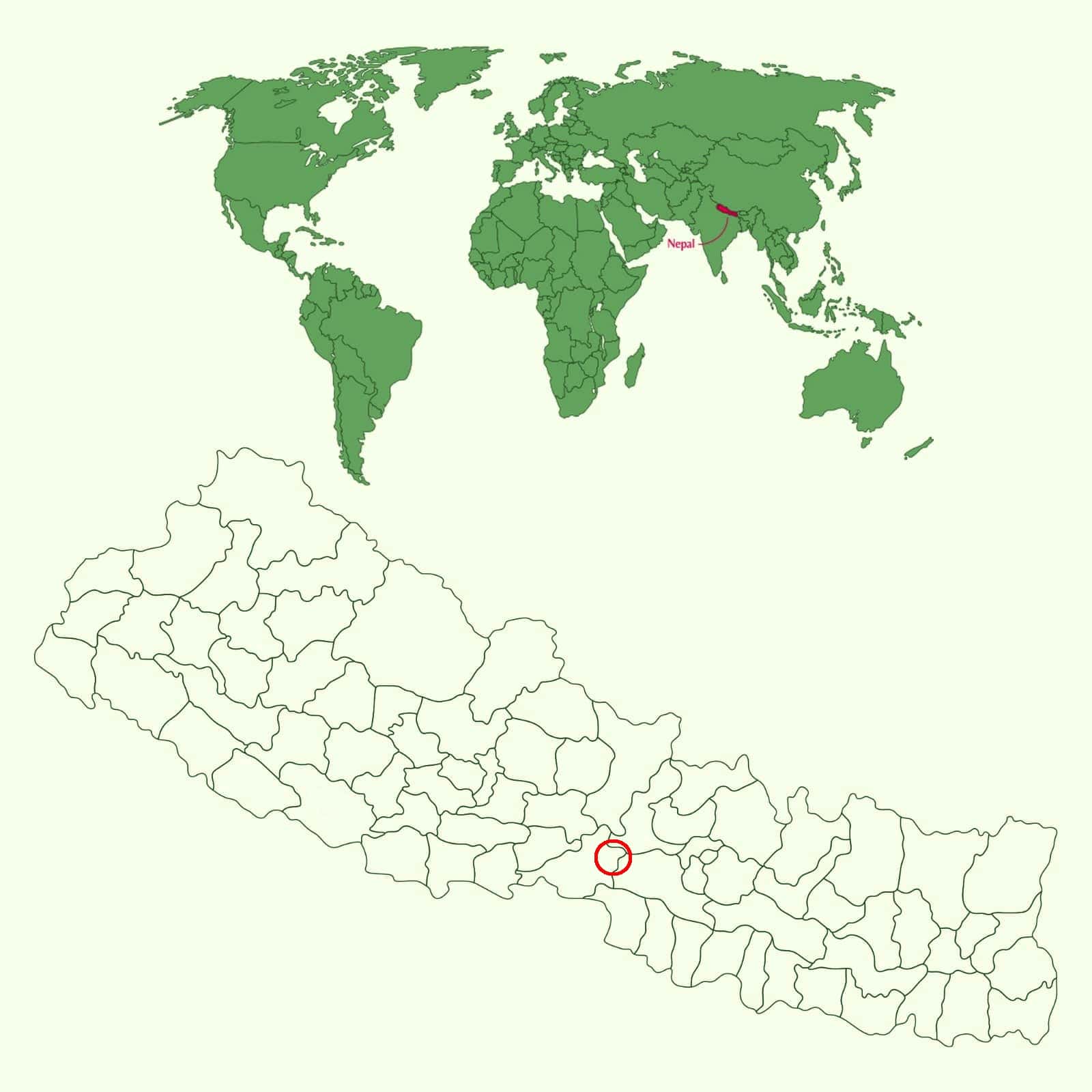The Chepang: Building a Forest for the Future in Nepal
In the heart of Nepal’s central hills live the Chepang, a highly marginalised Indigenous people who are the custodians of ancestral knowledge deeply rooted in the forest. Their territory, now largely degraded, faces rapid biodiversity loss, increased landslide risks, and increasingly precarious livelihoods.

A degraded forest, a community on the front line
Lacking institutional recognition and resources, the Chepang suffer the combined effects of deforestation, climate change, and soil degradation. Yet they hold the keys to a sustainable restoration of their land.
This project aims to restore 11,849 hectares of forest through a reforestation effort led and governed by Chepang communities themselves.
An ambitious community-led reforestation project
In collaboration with the Nepal Chepang Women Association (NCWA) and the Institute for Indigenous Affairs and Development (IIAD), this project aims to:
- Reforest 11,849 hectares using local, community-selected species
- Reduce landslide risks through soil stabilization
- Create sustainable forest-based enterprises using medicinal plants, fruits, and non-timber forest products
- Strengthen the capacities and autonomy of women and youth
- Establish ecological corridors to reduce human-wildlife conflicts
A local sovereignty–centered approach
The Chepang retain full authority over the planning, implementation, and monitoring of plantations. Partner NGOs act only as facilitators, providing support based on needs expressed by the community. Every step of the project is shaped in accordance with local rhythms and languages, ensuring genuine inclusion.
A lasting impact for biodiversity and communities
This project combines ecological restoration, disaster risk reduction, and economic development. It is grounded in the intergenerational transmission of Chepang knowledge and the leadership of a new generation of local leaders, especially women.
By restoring the forest, we are also protecting sustainable livelihoods, a vibrant culture, and a unique biodiversity.
